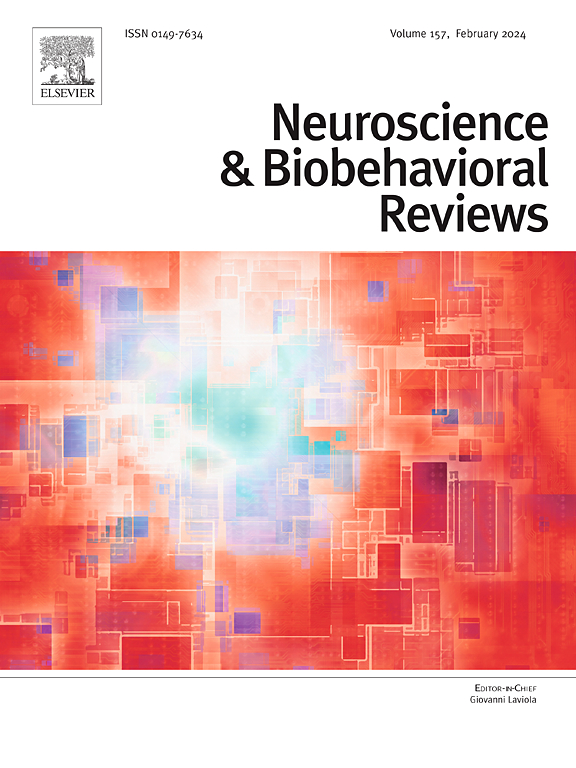New directions in neurosteroid therapeutics in neuropsychiatry
IF 7.5
1区 医学
Q1 BEHAVIORAL SCIENCES
引用次数: 0
Abstract
In recent years three neuroactive steroids (NAS), brexanolone (allopregnanolone, AlloP), ganaxolone and zuranolone, have been approved for the treatment of neuropsychiatric illnesses including postpartum depression and seizures in a neurodevelopmental syndrome. The approved agents are pregnane steroids and strong positive allosteric modulators (PAMs) of gamma-aminobutyric acid type A receptors (GABAARs). Broad effects on GABAARs play important roles in therapeutic benefits. However, these NAS also have actions on non-GABAR targets that could be important for clinical outcomes. Thus, understanding the broader effects of NAS is potentially important for expanding the therapeutic landscape of these important modulators. The approved NAS as well as other structurally distinct NAS and oxysterols have effects on non-GABAAR receptors and ion channels, along with intracellular actions that could have therapeutic importance, including modulation of cellular stress mechanisms, neuroinflammation, mitochondrial function and autophagy, among others. In this review, we explore GABAergic and other cellular effects of pregnane steroids including novel molecules that have potential therapeutic importance. This work discusses the complex chemical nature of NAS and what is being learned at cellular, molecular, synaptic and brain network levels about key sites of action including GABAARs and other targets.
神经精神病学中神经类固醇治疗的新方向
近年来,三种神经活性类固醇(NAS), brexanolone (allopregnanolone, AlloP), ganaxolone和zuranolone已被批准用于治疗神经精神疾病,包括产后抑郁症和神经发育综合征的癫痫发作。批准的药物是孕激素和γ -氨基丁酸A型受体(GABAARs)强阳性变构调节剂(pam)。GABAARs的广泛作用在治疗获益中起重要作用。然而,这些NAS对非gabar靶点也有作用,这可能对临床结果很重要。因此,了解NAS的广泛作用对于扩大这些重要调节剂的治疗前景具有潜在的重要意义。批准的NAS以及其他结构独特的NAS和氧化甾醇对非gabaar受体和离子通道有影响,以及可能具有治疗重要性的细胞内作用,包括调节细胞应激机制、神经炎症、线粒体功能和自噬等。在这篇综述中,我们探讨孕激素的gaba能和其他细胞效应,包括具有潜在治疗意义的新分子。这项工作讨论了NAS的复杂化学性质,以及在细胞、分子、突触和脑网络水平上对包括GABAARs和其他靶点在内的关键作用位点的了解。
本文章由计算机程序翻译,如有差异,请以英文原文为准。
求助全文
约1分钟内获得全文
求助全文
来源期刊
CiteScore
14.20
自引率
3.70%
发文量
466
审稿时长
6 months
期刊介绍:
The official journal of the International Behavioral Neuroscience Society publishes original and significant review articles that explore the intersection between neuroscience and the study of psychological processes and behavior. The journal also welcomes articles that primarily focus on psychological processes and behavior, as long as they have relevance to one or more areas of neuroscience.

 求助内容:
求助内容: 应助结果提醒方式:
应助结果提醒方式:


